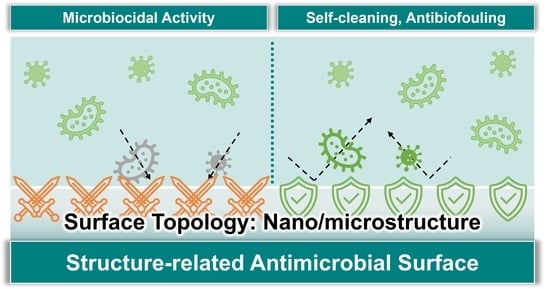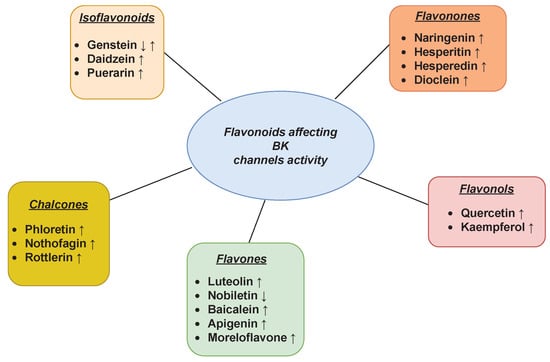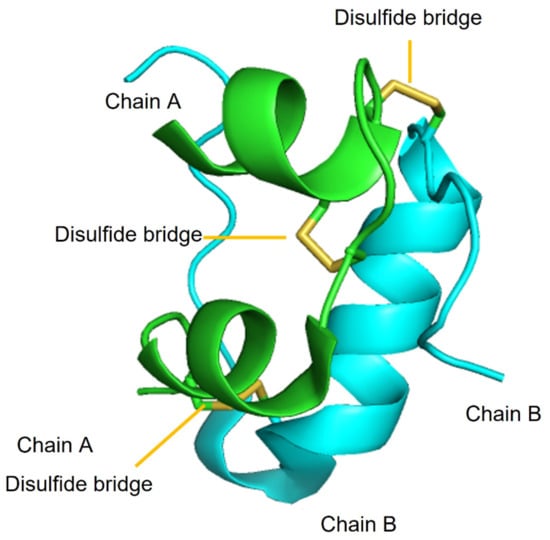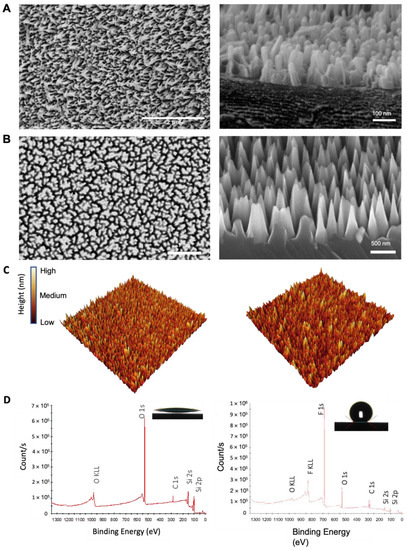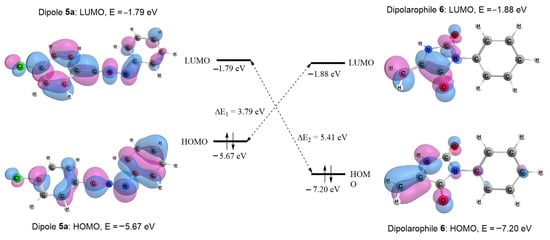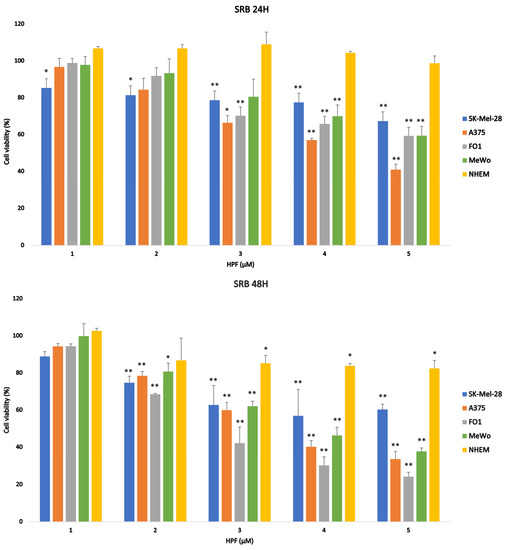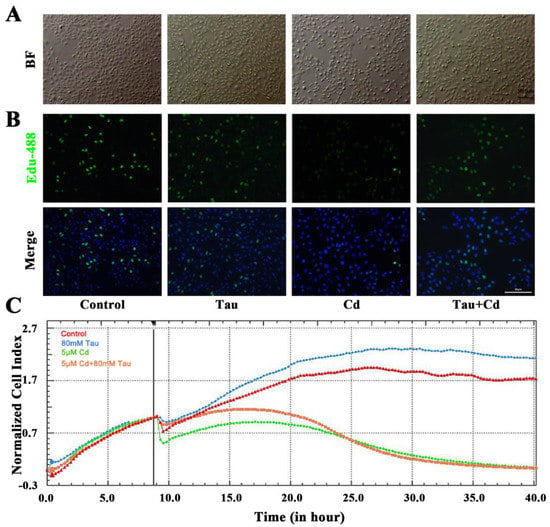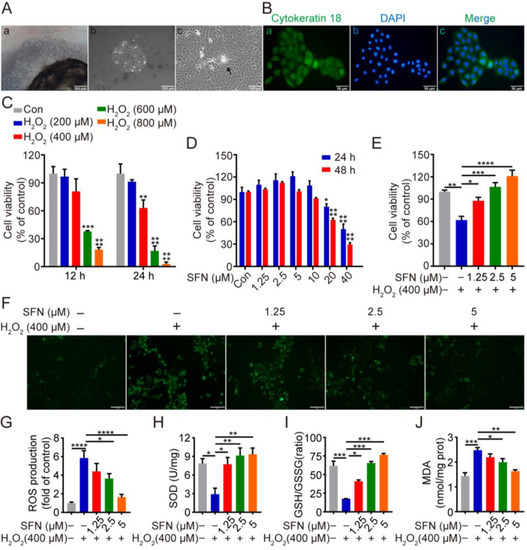Int. J. Mol. Sci. 2023, 24(2), 1391; https://doi.org/10.3390/ijms24021391 - 11 Jan 2023
Cited by 14 | Viewed by 4493
Abstract
Cancer is increasingly recognized as an extraordinarily heterogeneous disease featuring an intricate mutational landscape and vast intra- and intertumor variability on both genetic and phenotypic levels. Prostate cancer (PCa) is the second most prevalent malignant disease among men worldwide. A single metabolic program
[...] Read more.
Cancer is increasingly recognized as an extraordinarily heterogeneous disease featuring an intricate mutational landscape and vast intra- and intertumor variability on both genetic and phenotypic levels. Prostate cancer (PCa) is the second most prevalent malignant disease among men worldwide. A single metabolic program cannot epitomize the perplexing reprogramming of tumor metabolism needed to sustain the stemness of neoplastic cells and their prominent energy-consuming functional properties, such as intensive proliferation, uncontrolled growth, migration, and invasion. In cancerous tissue, lipids provide the structural integrity of biological membranes, supply energy, influence the regulation of redox homeostasis, contribute to plasticity, angiogenesis and microenvironment reshaping, mediate the modulation of the inflammatory response, and operate as signaling messengers, i.e., lipid mediators affecting myriad processes relevant for the development of the neoplasia. Comprehensive elucidation of the lipid metabolism alterations in PCa, the underlying regulatory mechanisms, and their implications in tumorigenesis and the progression of the disease are gaining growing research interest in the contemporary urologic oncology. Delineation of the unique metabolic signature of the PCa featuring major aberrant pathways including de novo lipogenesis, lipid uptake, storage and compositional reprogramming may provide novel, exciting, and promising avenues for improving diagnosis, risk stratification, and clinical management of such a complex and heterogeneous pathology.
Full article
(This article belongs to the Special Issue Mechanisms of Cancer Cells Survival and the Cancer-Host Interaction: Recent Advances in Therapeutic Targeting)
►
Show Figures


